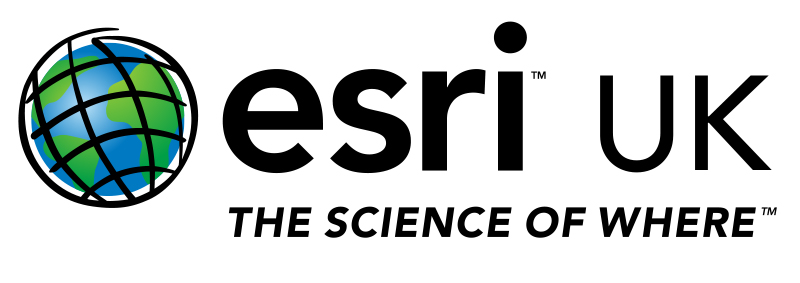3 Ways Location Analytics Engaged a City
/Guest blog from Dr Amen Ra Mashariki - Head of Urban Analytics, Esri:
Cities all around the world – from London to Dubai, Sydney to New York – are often challenged to answer the same types of questions. How do you provide citizens with equal opportunity; engage parents in the education system; and keep communities healthy?
In my experience, having worked closely with a variety of councils globally, the answer is usually the same: location data analytics.
From my tenure as Chief Analytics Officer for the City of New York, I wanted to share 3 examples of how this approach to analytics enabled us to provide more equitable housing; prevent a health epidemic; and accurately target communications to residents.
Preventing housing discrimination
New York’s Human Rights Law prohibits landlords from discriminating against tenants. Yet income discrimination is one of the top housing-related complaints received by the city’s Commission on Human Rights. It had “years upon years” of data from calls made by victims including the landlords’ names and addresses.
In 2017, the city’s analytics team worked with the commission to predictively identify where and which landlords were likely to discriminate. The team combined complaints data with crime, education, city planning and housing data, turning it into a map that geographically identified where these occurrences were likely to happen.
The commission then sent in actors and actresses posing as tenants to identify landlords who were discriminating. Some had housing vouchers and others didn’t, to test how they were received by landlords and building management companies. In total, it conducted over 300 such tests.
Within two months, the commission charged five landlords and housing brokers – which together control about 20,000 units across the city – for repeatedly discriminating against tenants based on their income. The commission has also stepped up efforts to file investigations on behalf of the city, with the 120 cases filed in 2017, up from just 22 in 2014.
Preventing a legionnaires epidemic
In 2015, 128 people were infected and 12 people died as a deadly disease spread across the city. Legionnaires bacteria was being spread through untreated water in cooling towers on buildings. With over 1 million buildings in the city, tens and thousands of lives at risk, and limited resources for inspection, my team and I were asked to use data to identify locations with the biggest risks.
The city, however, had no existing list of all cooling tower locations. We worked round-the-clock for weeks, pulling in fragments of data from multiple agencies, to build a machine-learning algorithm to identify buildings likely to have contaminated cooling towers.
The team raised the hit rate for identifying cooling tower locations from 10% to 80%, with location-based data analytics.
8 in every 10 attempts to identify buildings with cooling towers were successful, allowing inspectors to identify contaminated cooling towers faster.
Targeting resident communications
This year, New York Mayor Bill de Blasio announced a new scheme offering free pre-kindergarten for all three-year-olds in the city. To be a success, however, the scheme had to be inclusive of all people and have a high enrolment. The government launched a citywide campaign, sending officials door to door telling people about the new scheme.
But with close to 9 million people living in the city, officials had to be micro-targeted to ensure all eligible children had a chance to register. We needed to give every New Yorker the opportunity to know about and enrol in this program. We used data to identify parents who were likely to need and want free pre-kindergarten.
Using advanced location-based analytics to target our resident communications, we were able to increase enrolment by 117%.
With targeted and accurate information, frontline officials were able to better engage and educate parents about the program. This allowed people to pre-enrol before the start of the scheme.
The data accuracy also ensured residents had a strong customer experience with the government. People weren’t being repeatedly bothered by different city officials and canvassers did not go knocking on the wrong doors. We changed how government was perceived by a lot of New Yorkers through that effort.
These case studies all show how vital analytics can be for a modern city. One of the things I’ve learnt is that everything in a city happens somewhere, so location is of utmost importance.
I’ll be delivering a presentation at the Solace Summit on 19 October 2018 and am looking forward to sharing many more examples of how location analytics is making our cities smarter, more sustainable and liveable.
>> Discover more on the role of location analytics in government
About Dr Amen Ra Mashariki
Dr. Mashariki leads Urban Analytics at Esri and is responsible for the messaging and strategy for applying data science principles to urban challenges. He is passionate about ensuring data-driven decision makers are empowered to realize impactful and positive outcomes in urban policy and operations through the power of GIS.
Previously Dr. Mashariki was Chief Analytics Officer for the City of New York and the Director of the Mayor’s Office of Data Analytics. He ran the civic intelligence center that allowed one of the largest cities in the world to aggregate and analyse data from across agencies.


